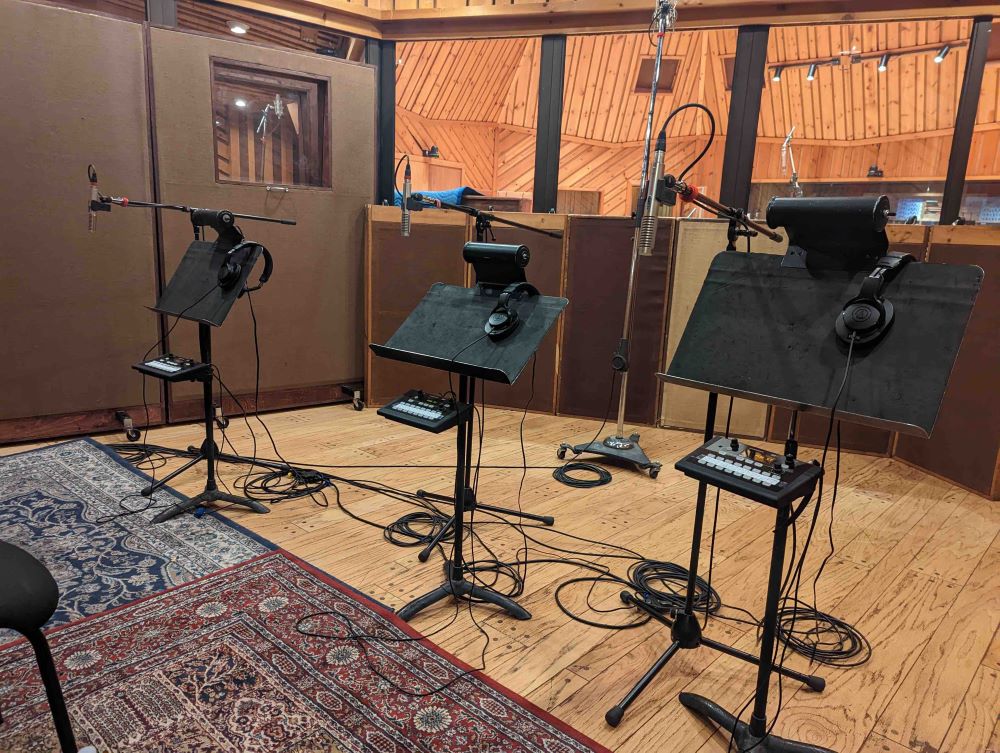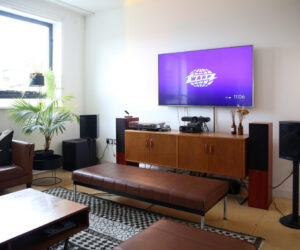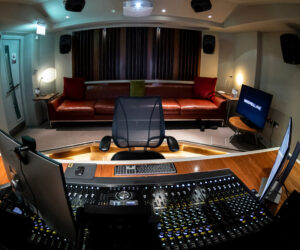Power Station recording studios in New York City, which has hosted legendary artists such as Paul Simon, Bruce Springsteen, Tony Bennett, Lady Gaga, David Bowie and many others, has undergone a major renovation in a project that includes Allen & Heath ME-1 personal monitor mixers.
The renovation is the result of a partnership with the Berklee College of Music in 2017, with the updated Power Station at Berklee NYC offers media services that include high-end video capture, professional lighting, 360 cinematic VR, spatial audio, broadcast and live streaming.
“It’s an interesting hybrid,” notes Mark Rucci, studio technician and audio engineer at Power Station. “It’s a fully commercial studio, which now has an academic side to it as well.” The revamped Power Station holds daily sessions organizations such as Amazon, Netflix, Hulu, Disney/Pixar and popular Broadway performers as well as musicians who have the option of recording both audio and professional video of their studio performances.
As part of the upgrades, Rucci explains that there was a need for improved in-ear monitoring: “We had a custom analog system in place before, which was great, but it was limiting when recording some of the larger Broadway casts.” The upgrade team went through several options before landing on the ME-1 mixers, which offer 40 channels of mix inputs, as channel grouping, user presets, built-in ambient mic, and a dimmable OLED display with channel names.
Rucci adds that he’s lost count of how many ME-1 mixers the studio has in its inventory. “Somewhere between 80 and 100,” he says. “When Berklee took over in 2017, the very first purchase that was made was two ME-Us and 40 ME-1 mixers.” The units are distributed between four large-format studios and one production room as well as a live performance space.
In order to interface with the various vintage analog mixers used in the facility, intermediate matrix processors handle the analog-to-digital conversion. A Focusrite interface then manages the sample rate conversion before hitting an Allen & Heath ME-U distribution hub with a Dante module installed. The ME-U provides 10nPoE outputs that can both power and feed audio to the individual ME mixers.
Since Power Station studios often need more than 10 monitor feeds, each ME-U serves a 48-port PoE switch to multiple wall outputs in the studio live rooms. The engineers can then use any of those connection points to connect the performers’ ME-1 mixers. Rucci recalls using between 60 and 70 ME-1 mixers simultaneously during one particularly large session. “We could theoretically use more, but it would get a bit crowded in the studio.”
When many ME-1s are in use, the studio team prepares the mixer configurations in advance using a unit in the control room, then transfers it to a USB drive for convenient copying to the various mixers that will be in use for the session. Rucci notes that the last key on each ME-1 is typically reserved for talkback. “We actually set it as a group of three inputs – since the actual control room talkback may be combined with a producer or conductor who needs to communicate with the performer from a remote location over the internet.” The performer can then adjust the overall talkback level, or the level of the individual mics within the talkback group.
“We also made a ‘More Me’ group for our standard template — Button 8 is a group with Channel 8, and 25 to 40,” he explains. “This way, every singer (or just about), or every horn player has their own personal level. We just adjust which channel is turned up on the group at each mixer, and it makes things so easy. Everyone can get a truly personalized mix, with themselves as the featured sound.”
A studio assistant trains the performers on the ME-1 before each session, but Rucci notes that it’s very simple for artists to pick up. “It’s quite intuitive. You press the key, it lights up, and you use the encoder to adjust the level of each channel. The ME-1’s have also been a blessing when we are tying multiple studios together for larger groups and cast albums, just one cable and the other room has the same monitor feeds.”




















